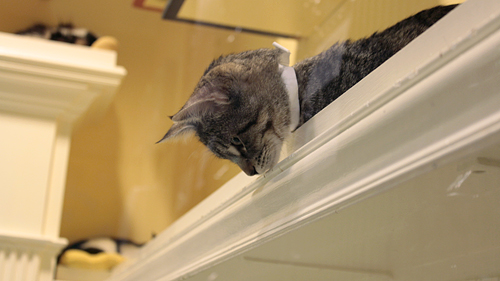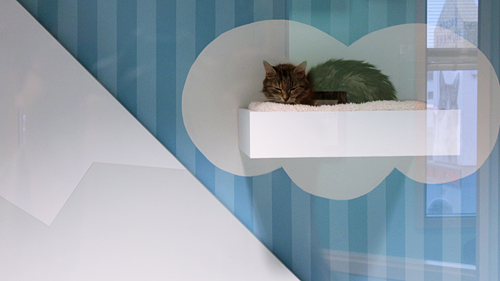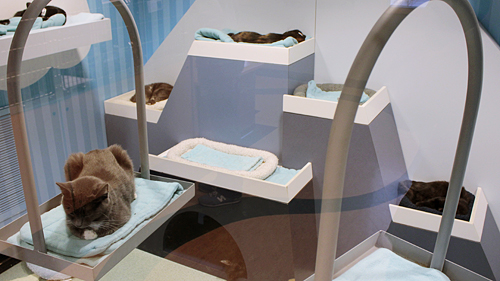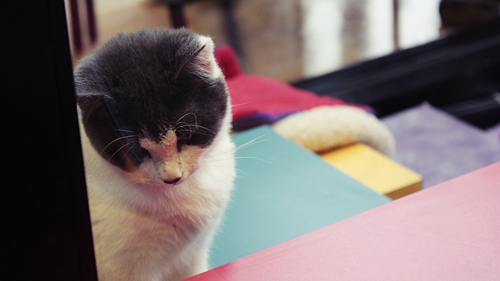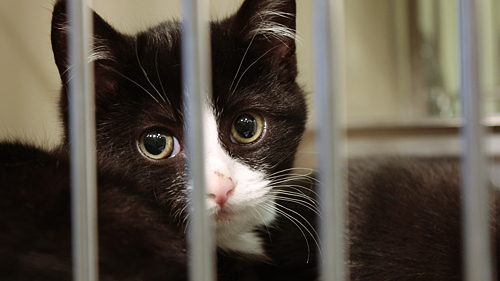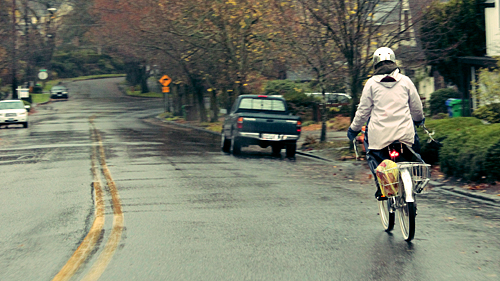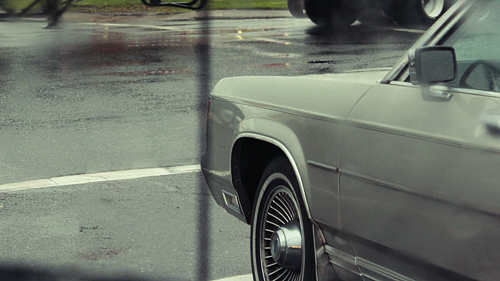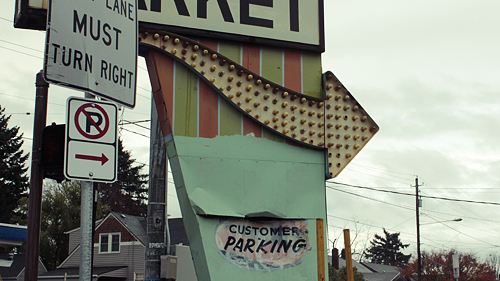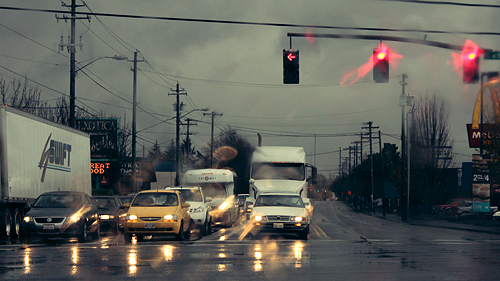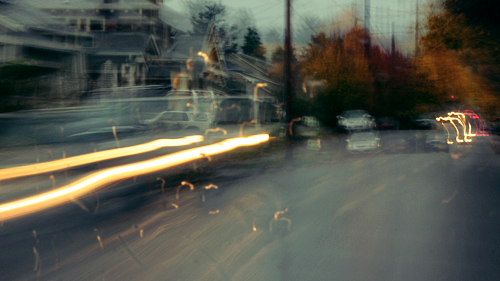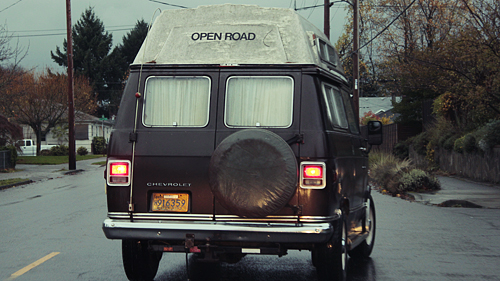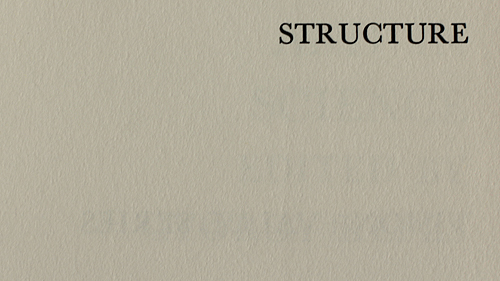
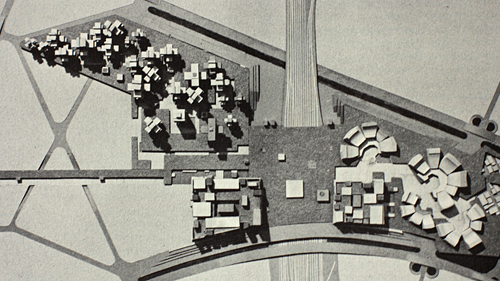
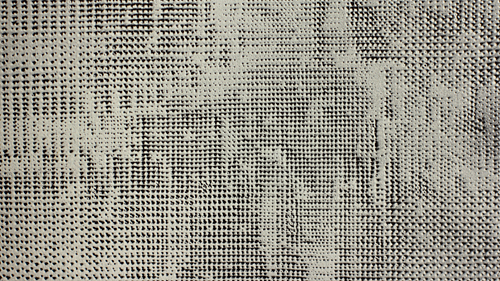
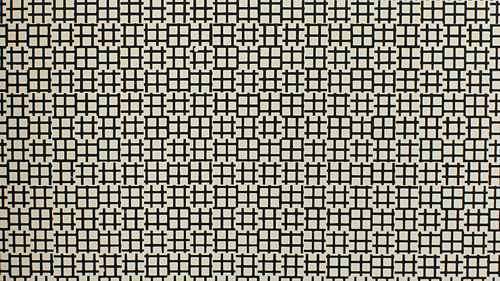

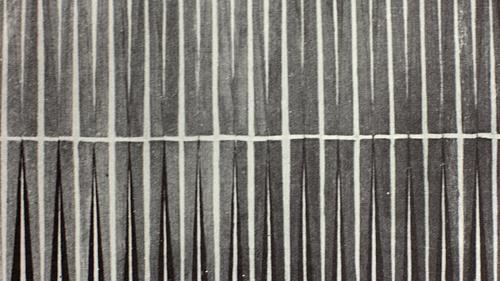
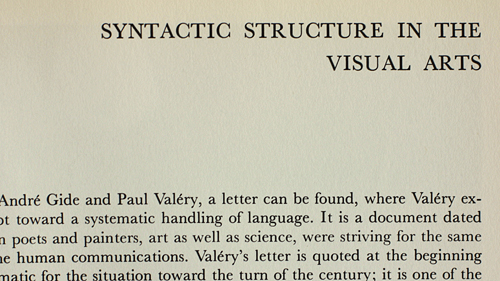
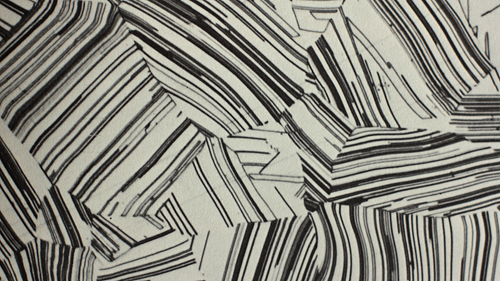








“The first time machine, gentlemen,” Professor Johnson proudly informed his two colleagues. “True, it is a small-scale experimental model. It will operate only on objects weighing less than three pounds, five ounces and for distances into the past and future of twelve minutes or less. But it works.”
The small-scale model looked like a small scale—a postage scale—except for two dials in the part under the platform.
Professor Johnson held up a small metal cube. “Our experimental object,” he said, “is a brass cube weighing one pound, two point three ounces. First, I shall send it five minutes into the future.”
He leaned forward and set one of the dials on the time machine. “Look at your watches,” he said.
They looked at their watches. Professor Johnson placed the cube gently on the machine’s platform. It vanished.
Five minutes later, to the second, it reappeared.
Professor Johnson picked it up. “Now five minutes into the past.” He set the other dial. Holding the cube in his hand he looked at his watch. “It is six minutes before three o’clock. I shall now activate the mechanism—by placing the cube on the platform—at exactly three o’clock. Therefore, the cube should, at five minutes before three, vanish from my hand and appear on the platform, five minutes before I place it there.”
“How can you place it there, then?” asked one of his colleagues.
“It will, as my hand approaches, vanish from the platform and appear in my hand to be placed there. Three o’clock. Notice, please.”
The cube vanished from his hand.
It appeared on the platform of the time machine.
“See? Five minutes before I shall place it there, it is there!”
His other colleague frowned at the cube. “But,” he said, “what if, now that it has already appeared five minutes before you place it there, you should change your mind about doing so and not place it there at three o’clock? Wouldn’t there be a paradox of some sort involved?”
“An interesting idea,” Professor Johnson said. “I had not thought of it, and it will be interesting to try. Very well, I shall not …”
There was no paradox at all. The cube remained.
But the entire rest of the Universe, professors and all, vanished.
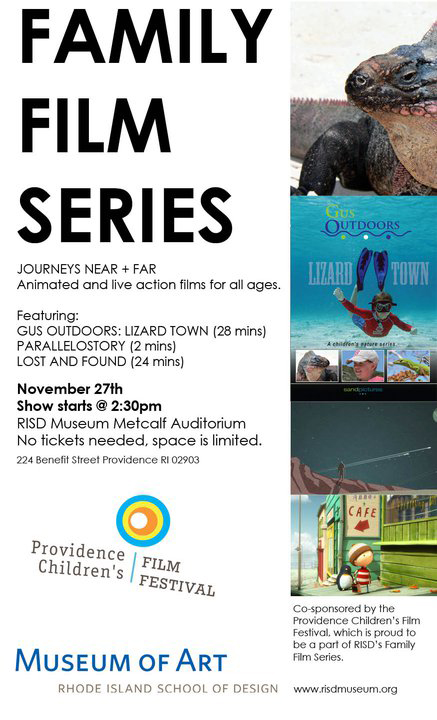
“Parallelostory” will be part of Journey’s Near + Far, this month’s Family Film Series @ The RISD Museum presented by The Rhode Island School of Design Museum of Art + Providence Children’s Film Festival, on November 27, 2010, at the RISD Museum Metcalf Auditorium.
Back in September, we committed to donating half the proceeds received from music sales for the month to the Oregon Humane Society as outlined in this previous blog post.
Time flies and the reports are in. Now, we’re not talking Danzig or Color Me Badd sales, but based on our quick calculations it could stretch a bit. With it they could pick up over 20 cat beds, more than 400 pounds of dog or 200 pounds of cat food, 400 pounds of cat litter, or even 40 new collars to transition one family’s neglected and under appreciated pet into another’s new best friend.
Thanks to everyone that picked up tracks and helped us do a little something for the little somethings.
So, yesterday we stopped in to make the donation and snapped a couple quick pics while we were there. We tried to match some of the photos to their OHS adoption pages, click image for links. It’s nice to see that some have been adopted since our visit yesterday.
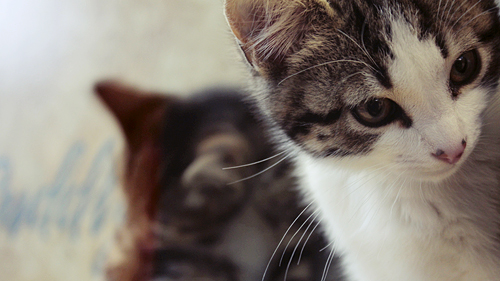
Oh man. You know, it’s one of those places that simultaneously reaffirms your faith in the human ability to help the helpless while leaving you sullen, sad, and frustrated as you contemplate why these very places need exist at all. The Oregon Humane Society in Northeast Portland is fantastic. Providing the services you’d expect, but also such a welcoming physical space that is both people and pet friendly.
Even if you’re not in the market to adopt an animal, it’s worth a casual stop in to check out and feel your heart being tugged gently by soft little paws on the other side of the glass.
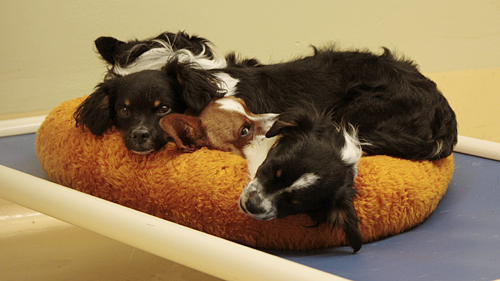
Dog pile to make you smile.
The animals all have comfortable space to live during their stay and the staff buzzes about to care for them up front and behind the scenes. But, the one genius thing we noticed was that on the paper information cards that are paired with the animals in their respective areas not only tells the basics, it also says why the specific animal has been left there. So, when you see Scraps, the short haired pooch that’s giving you the sad-eye treatment, you find out that he was given up after only two months in to his previous home because his previous owner “didn’t have the time” to care for him. Now, if that doesn’t get you frustrated and also trigger a natural instinct to want to help ol’ Scraps to a new home, then you’re just emotionally unavailable. The “didn’t have time” excuse seems to be common, as is “unable to exercise”, or “don’t have the space”.

Look at those eyes. Are you kidding me?
That’s why we’re all thankful places like the Oregon Humane Society exists. And as such, that’s why we were happy to be able to make a donation. With it, the OHS will be able to continue doing the job we’re all happy to have them do.
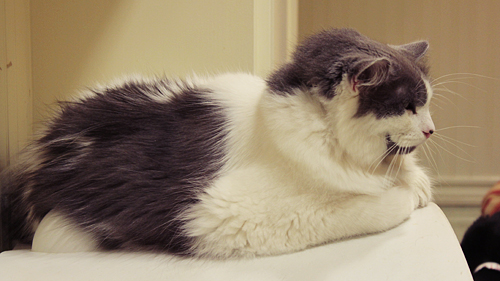
Just more to love.
Kittens are cute, but adult cats need homes, too. When we stopped in, we caught “Max” here sauntering about the room he was sharing with about six other cats. There’s just something about a really big cat. His tag says he needs a home that can provide him with exercise, but that should probably go without saying when you witness his 19 pounds that moves about his sturdy frame with a one second delay. He hasn’t been there as long as some others and could already be adopted, but maybe a survey of his chunky self will result in the adoption of his peers, canine or feline.
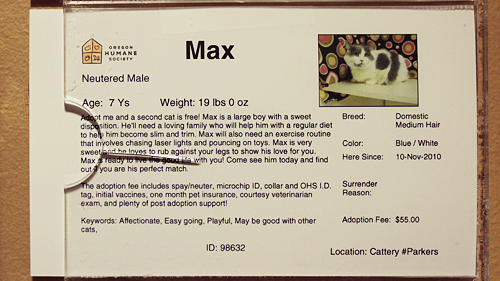
If you’re in the market for an indoor friend, go check out Max and his other cat, dog, rabbit, and bird friends at the OHS. If he or another makes it home with you, send us a note with a picture to let us know.

